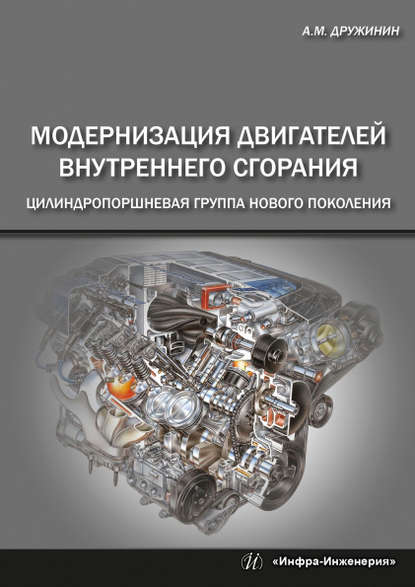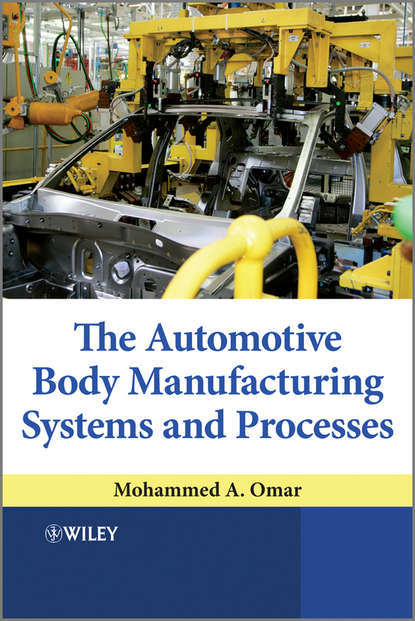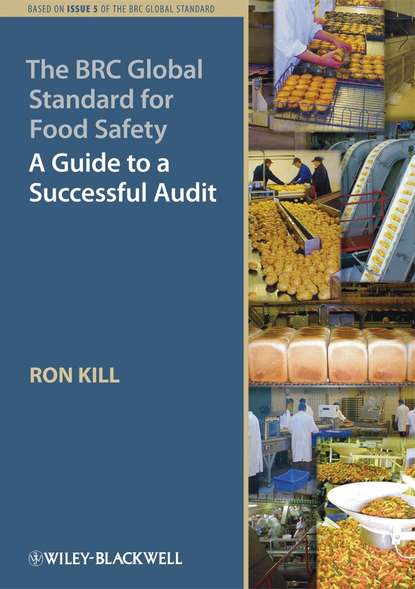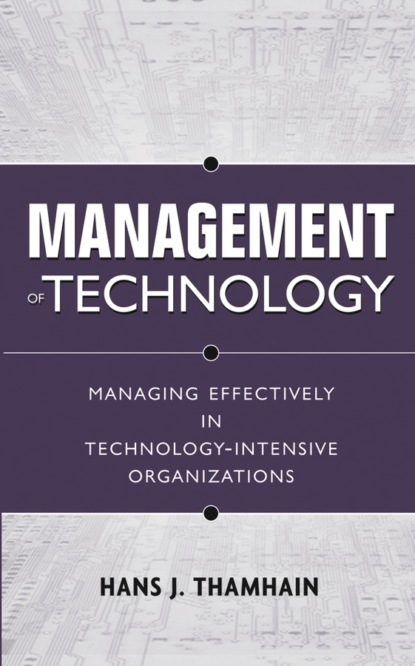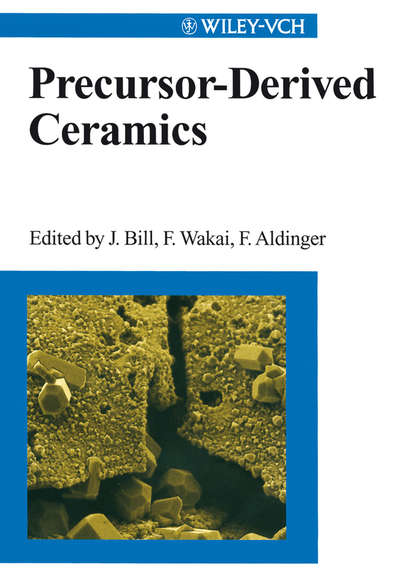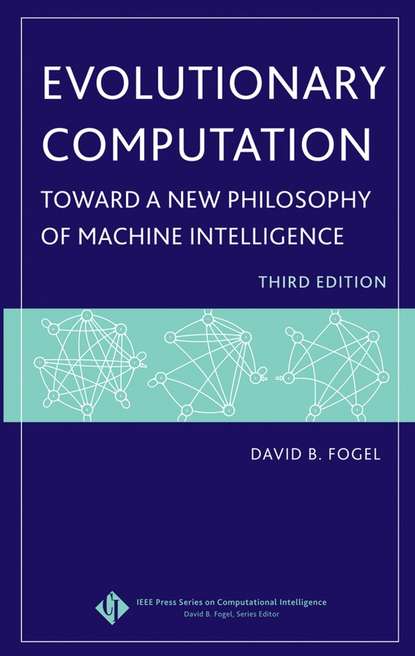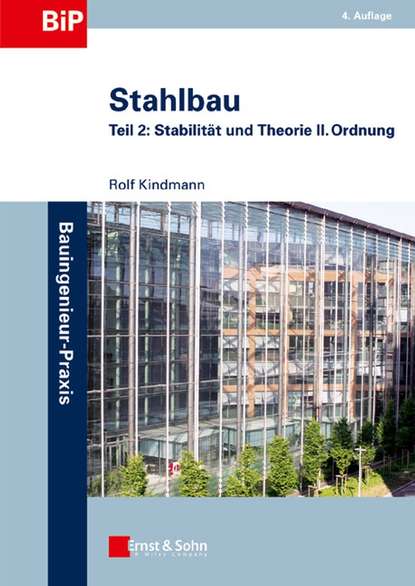Это третье издание «Систем воздушных судов» представляет собой своевременное обновление успешной и широко признанной флагманской книги авиационной серии издательства Aerospace. Мойр и Сибридж представляют глубокое исследование общих систем самолета – электроники, гидравлики, пневматики, аварийных систем и систем управления полетом, чтобы назвать лишь некоторые, – которые превращают корпус самолета в живую, функционирующую и общающуюся летающую машину. Достижения в области системных технологий продолжают сплавлять системы и авионику, при этом системы поддержки и управления полетом самолета все больше контролируются и отслеживаются электроникой; авторы работы справляются со сложностями таких пересечений и взаимодействий прямолинейным и доступным способом, который также усиливает синергию с двумя сестринскими томами – «Системами авиационной электроники гражданской авиации» и «Системами авиационной электроники военной авиации».
«Системы воздушных судов», 3-е издание, подверглось тщательному пересмотру и расширению по сравнению с последним изданием 2001 года, отражая значительные технологические и процедурные изменения, которые произошли в промежуточный период – появились новые типы воздушных судов, увеличилась степень электронной реализации, возникли новые рыночные ниши, усилилось экологическое давление и появились беспилотные летательные аппараты. Каждая глава обновлена, а новейшие технологии представлены. Эта книга предлагает незаменимый справочный инструмент для исследователей и практиков авиационной отрасли, таких как разработчики самолетов, специалисты по топливу, специалисты по двигателям и наземный обслуживающий персонал, а также в качестве учебника для студентов старших курсов и аспирантов по системотехнике, авиации и инженерии авиационной электроники.
The third edition of "Aircraft Systems" represents a timely review of—and updates—the Aerospace Series' successful and highly acclaimed flagship publication. In this comprehensive volume, Ian Moir and Mike Seabridge describe the various systems – above all, electronics, hydraulics , pneumatics , emergency control systems, and flight controls — that shape and transform an ordinary aircraft into an efficient and fully-functional flying machine.
The complexity of contemporary technologies, enabling a constant heterogeneity of systems and electronics, poses computer and cyber risk management challenges: these complexities are addressed straightforwardly and reasonably by the authors, while simultaneously enhancing synergistic relationships within the series volume "Civil Aviation Systems" and "Military Aviation Systems".
This three-volume technical depth has been comprehensively revised and revised since its previous 2004 edition, effectively reflecting relevant technological and operational changes during the period—including newer aircraft, enhanced electronic consolidation, varied cloud computing environments, emergent unmanned aerial vehicles.
Электронная Книга «Aircraft Systems» написана автором Ian Moir в году.
Минимальный возраст читателя: 0
Язык: Английский
ISBN: 9780470770948
Описание книги от Ian Moir
This third edition of Aircraft Systems represents a timely update of the Aerospace Series’ successful and widely acclaimed flagship title. Moir and Seabridge present an in-depth study of the general systems of an aircraft – electronics, hydraulics, pneumatics, emergency systems and flight control to name but a few – that transform an aircraft shell into a living, functioning and communicating flying machine. Advances in systems technology continue to alloy systems and avionics, with aircraft support and flight systems increasingly controlled and monitored by electronics; the authors handle the complexities of these overlaps and interactions in a straightforward and accessible manner that also enhances synergy with the book’s two sister volumes, Civil Avionics Systems and Military Avionics Systems. Aircraft Systems, 3rd Edition is thoroughly revised and expanded from the last edition in 2001, reflecting the significant technological and procedural changes that have occurred in the interim – new aircraft types, increased electronic implementation, developing markets, increased environmental pressures and the emergence of UAVs. Every chapter is updated, and the latest technologies depicted. It offers an essential reference tool for aerospace industry researchers and practitioners such as aircraft designers, fuel specialists, engine specialists, and ground crew maintenance providers, as well as a textbook for senior undergraduate and postgraduate students in systems engineering, aerospace and engineering avionics.



